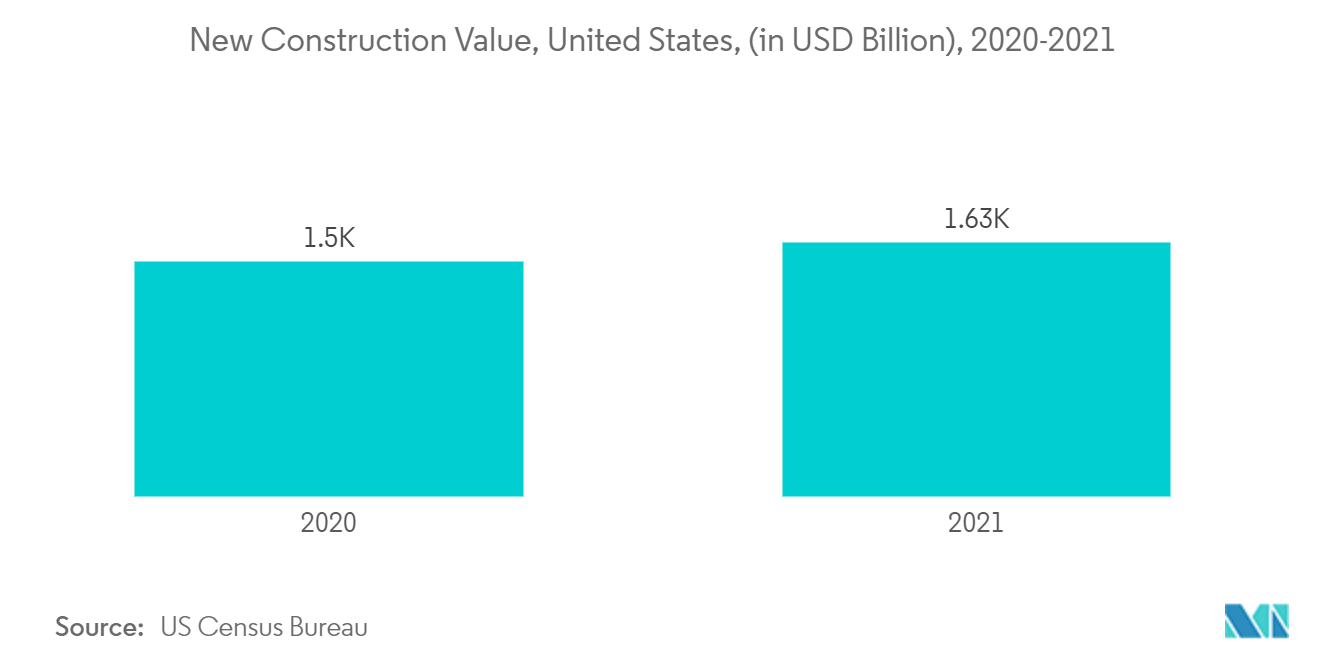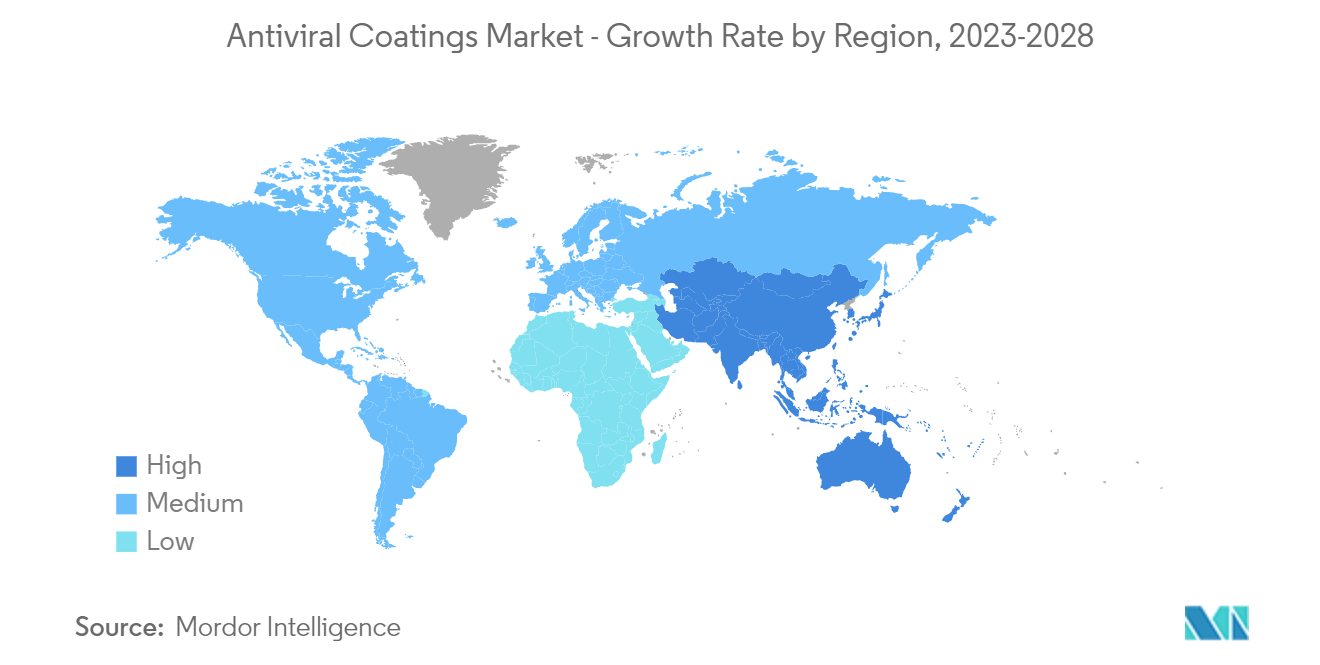Market Trends of Antiviral Coatings Industry
This section covers the major market trends shaping the Antiviral Coatings Market according to our research experts:
High Demand from Construction Segment
- In the construction industry, antiviral coatings are commonly used to eliminate viruses on material surfaces such as doorknobs, countertops, railings, floorings, and walls. Some paint manufacturers add microbe-killing agents to paint and primer coatings, while others have created coatings leveraging other chemical capabilities.
- For example, organosilanes are silicon-based nanocoatings that form a highly abrasive surface for viruses and bacteria, effectively ripping them apart. A chemical compound, quaternary ammonium, typically used in disinfectants, causes cell leakage and the eventual death of microbes. Other strategies include photocatalytic and superhydrophobic coatings, which both exhibit self-cleaning functionalities.
- The construction industry is expanding significantly in several countries, which is expected to surge the demand for antiviral coatings in the construction segment. For example, According to the US Census Bureau, the annual value for new construction in the United States was USD 1,626.4 billion in 2021, compared to USD 1,499.6 billion in 2020, supporting the market's growth during the forecast period.
- Also, India is expanding its commercial construction sector. Several projects have been going on in the country. For instance, the CommerzIII Commercial Office Complex construction worth USD 900 million started in Q1 2022. The project involves the construction of a 43-story commercial office complex with a permissible floor area of 2,60,128 square meters in Goregaon, Mumbai. The project is expected to be completed in Q4 2027. Hence, these projects will increase the demand for antiviral coatings during the forecast period.
- Furthermore, in February 2022, Nippon Holdings introduced new antiviral paint products to the lineup of its brand- PROTECTON for interior wall and floor coating purposes in architectural applications, supporting the market's growth.
- The above-mentioned factors are expected to drive the demand for antiviral coatings in the construction industry during the forecast period.

Asia-Pacific Region to Dominate the Market
- Asia-Pacific is expected to drive the demand for antiviral coatings during the forecast period due to increased demand from several industries such as healthcare, construction, home appliance, healthcare, textile, etc., from countries like India and China.
- In April 2022, Scientists at Nara Medical University, Kanagawa Institute of Industrial Science and Technology, and Tokyo Institute of Technology developed a new photocatalyst antiviral coating that is effective against different variants of COVID-19.
- Furthermore, in September 2022, one of the top paint manufacturers in India, Kansai Nerolac Paints Ltd. (KNPL), developed Excel Virus Guard, the country's first antiviral paint. This interior emulsion paint contains active antiviral and anti-microbial qualities that keep 99.9% of germs away, driving the market's growth significantly.
- Furthermore, the increasing usage of antiviral coatings in the construction sector will provide a huge market demand as China encompasses 20% of all construction investments globally. According to the National Bureau of Statistics (NBS) of China, the output value of the construction works in the country accounted for USD 3.77 trillion in 2021, representing an increase of more than 11% compared to 2020, thereby enhancing the demand for the market studied.
- In February 2022, the National Development Council (NDC), the top economic planning body in Taiwan, stated that government agencies had proposed a total of TWD 180 billion (USD 6.47 billion) for the fourth phase of the country's forward-looking infrastructure development plan. The proposed budget would be used from 2023-2024
- Therefore, such product innovations and expanding construction, textile, electronic sector, etc., are expected to drive the demand for antiviral coatings significantly in the Asia-Pacific region during the forecast period.


